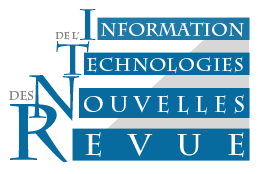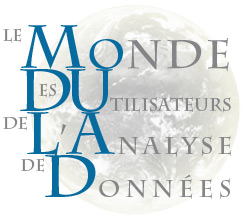Extraction du Backbone du Réseau de Transport Aérien : Une Analyse Comparative
In EGC 2024, vol. RNTI-E-40, pp.393-400
Abstract
Large-scale data collections from biological, social, and technological fields make it challenging to process large networks. Backbone techniques aim at reducing the network size while preserving its essence. We compare prominent statistical methods in the air transportation network. The correlation analysis between the various backbones shows that the Marginal Likelihood Filter (MLF), the Locally Adaptive Network Sparsification Filter (LANS) and the Disparity Filter favor high-weighted edges. Comparing the extracted structures using the size of the largest component, the number of nodes, edges and the total edge weight shows that the MLF and Noise Corrected Filter tend to preserve many edges. In contrast, the Disparity Filter, the Polya Urn Filter, the LANS Filter and the Global Statistical Significance Filter (GloSS) are quite aggressive in filtering edges. These results can guide users in choosing appropriate techniques for their specific applications.

